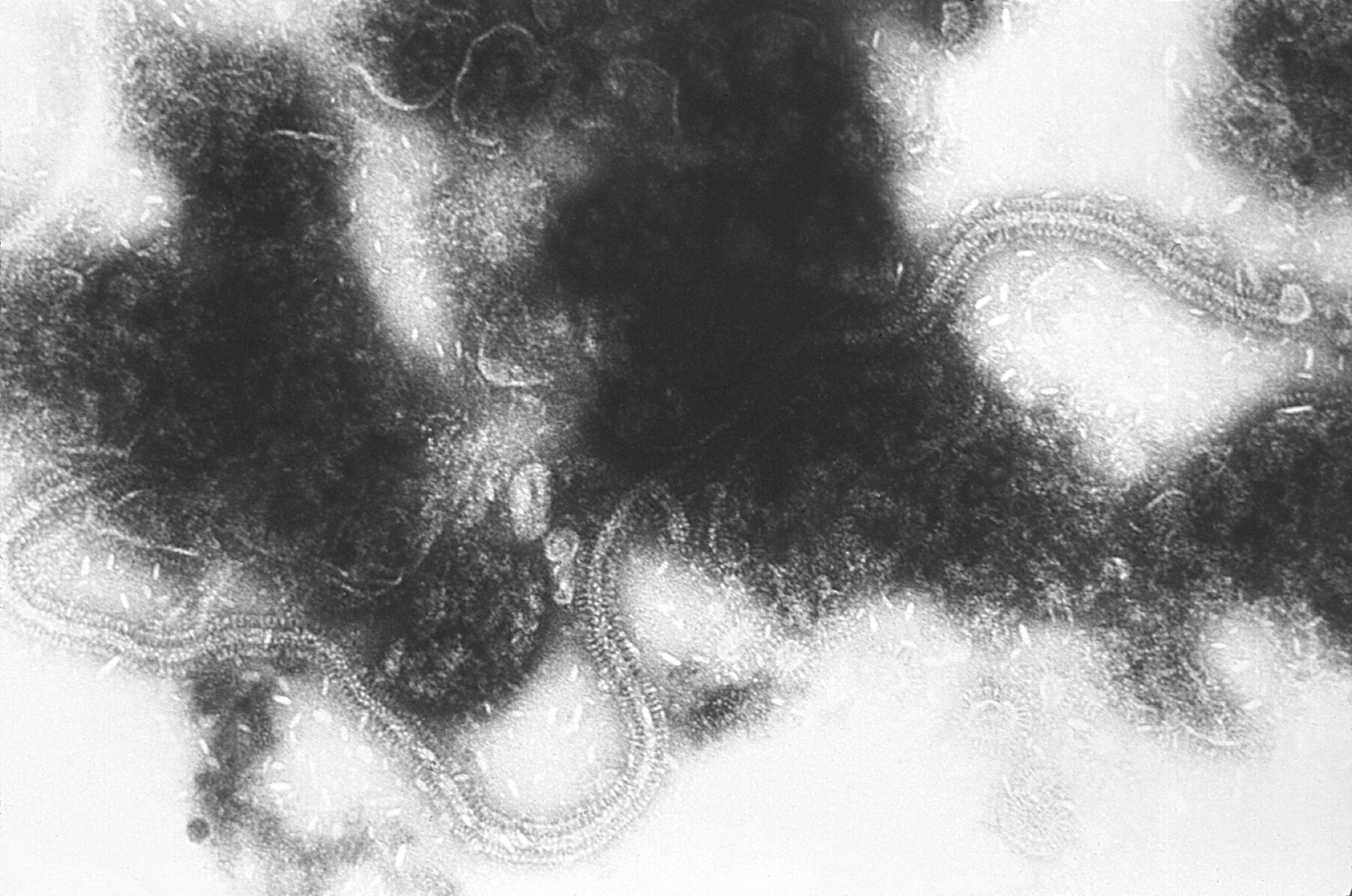
RSV, or respiratory syncytial virus, is a common cause of mild cold-like symptoms such as runny nose, cough and fever. It can also be more serious for infants and older adults. In the 2024-25 season, RSV monoclonal antibody products Beyfortus was approved by the Food and Drug Administration last summer for use in any child born during RSV season or who was under 8 months of age when RSV season began. Children at high risk of becoming severely ill if they contract RSV are also eligible to get it in their second RSV season if they are between the ages of 8 months and 19 months. The data from the first season it was in use showed that Beyfortus was 90% effective at preventing little children from being hospitalized with RSV, according to new data from the Centers for Disease Control and Prevention (CDC). Nirsevimab effectiveness was also found to be 90% against RSV-associated hospitalization in infants in their first RSV season. The median time from receipt of nirsevimab to symptom onset was start highlight45 days (IQR = 19–76). It's important for parents and caregivers to be aware of the symptoms of RSV, which include a runny nose, coughing, sore throat, fever or chills. If you suspect your child may have RSV or if they are experiencing severe symptoms such as difficulty breathing or bluish skin tone it is important to seek medical attention immediately.


